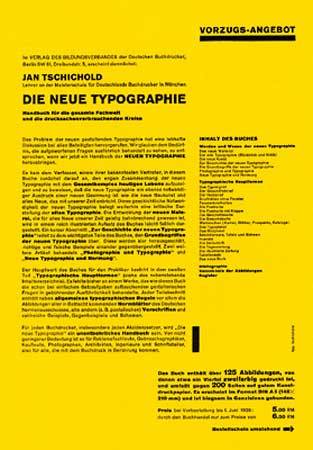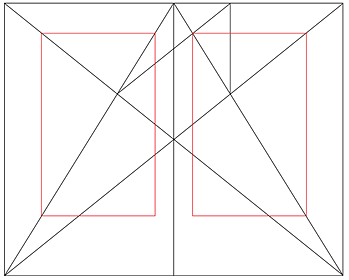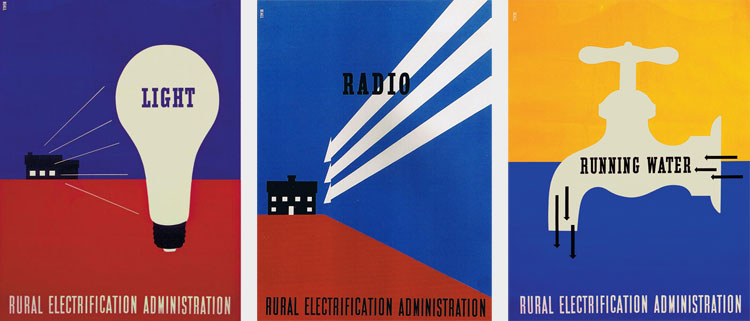I'm both a post-modernist and a modernist. I'm neither, or. I feel like I'm a bit of both. I identify as a modernist because of function. I make posters for things, but I also make things for the sake of it... so post-modernist. But I'm modernist... grid nerd and simplicity. I think that today.. the new modern, it's all crazy, full of aesthetics and rich in cultures. Mixing, remixing, the multitude of materials. It's kind of scarey... what is next. How does an artist become an original in an art world bombarded with so many aesthetics. Whether one is a Post-Modernist or Modernist, functional or for art's sake, technology and hand-made is only going to bring aesthetic confusion up. Maybe their needs to be something new, as in a new media, new technology, or/and.... We are now in a world with so much art at the click of a finger, that one could find anything and make anything, you would think. Non-originals are abundant, and aesthetic too. I think that we are entering the world of Good Karma art, where whatever floats your boat is what is good art.... oh wait, that's kind of now. So what is the future... has art gotten to a dead end, where anything more is too complex for mankind? I'm excited to see what's next and be a part of it. Staying out of the media is probably going to help one side and help another side of art. That's just my guess.
Modern... how to solve job for climate... can argue that mastery of current materials of today are modernist ideals. functional architecture with design. Form and function, taming the machine, MODERNIST.
pomo is the cliche of post modernism
deconstruction... post modernism argument
AM I A MODERNIST OR A POST MODERNIST?
mix, remixing, using multiple cultures.... I think it should now be International Modernism.
POSTMODERNISM
Used to note a break with the earlier modernist principles by placing emphasis on form over function, by reintroducing traditional or classical elements or by carrying modernist styles or practices to extremes.
seen in art, design, literature, and architecture
emphasis on feel rather than rationale
emphasis on surface, texture, and materials
self-consciousness or self-referecing
mixes high and low
historical references
vernacular
60s stuff, fighting against the modern idea
Wolfgang Weingart- pushed modern computer design. made by letterpress, not computer.
teacher in the Basel School of Design. tired of international style, so he experimented. pushes out of international style. experiment with letter spacing, stair stepping rules, diagonal type, reversing type out of bars, introducing variations within a single word. his work is very collage like, with grid.
variation, rotate the axis, what if... having a basis in theory and logic and then asking how to expand the boundaries.
Memphis italian design group that hoped to erase the international style. To get rid of Bauhaus stuff. They put everything together, a vomit soup of aesthetics. Function is secondary to style.
van oliver
Cranbrook school
David Carson
Sagmeister












